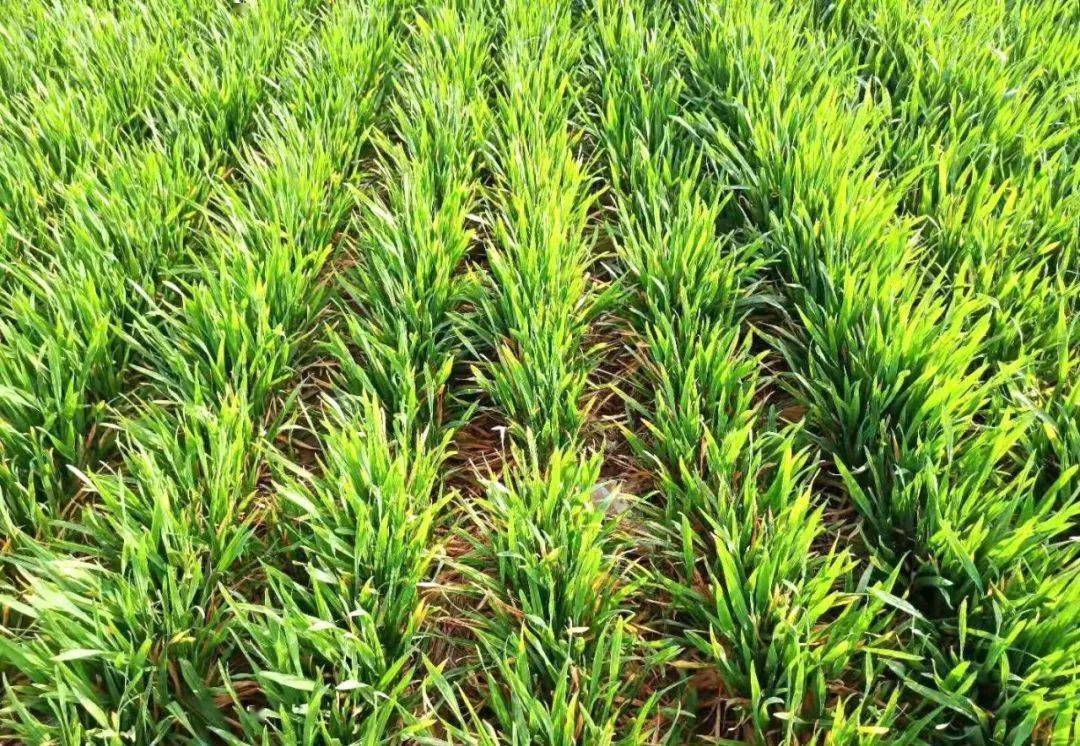
It is essential for the growth and development of all crops, without exception. Like any essential nutrient, sulfur also has some key functions in plants: Formation of chlorophyll that permits photosynthesis through which plants produce starch, sugars, oils, fats, vitamins, and other compounds.
Overview
It is essential for the growth and development of all crops, without exception. Like any essential nutrient, sulfur also has some key functions in plants: Formation of chlorophyll that permits photosynthesis through which plants produce starch, sugars, oils, fats, vitamins, and other compounds.
Features
Sulfur Sources for Plants
Sulfur is mobile in soil and is primarily borne through fertilizers and pesticides. Another main sulfur source for plants is manure. The ratio of sulfur in plants is 10:1 and carried in the tissues of the plant. Much of this is brought up from natural soil decay and previous plant matter. It is necessary for chlorophyll formation, promotes nodulation in legumes, helps develop and activate certain enzymes and vitamins, and is a structural component of two of the 21 amino acids that form protein.
Specifications
Product name: SULFUR (S) – 90% | |
Physical state: Yellow granular solid | |
Characteristics | Percentages |
Active Matter Content – Sulfur (S) | 90.00% (+/- 1) Min |
Betonite (concrete) | 10.00% Max |
Humidity | 0.50% Max |
Acidity as H2SO4 | 0.07% Max |
Ash | 0.07% Max |
Granulometry | Between 1.0 – 4.0 mm = 90.00% |
Uses


